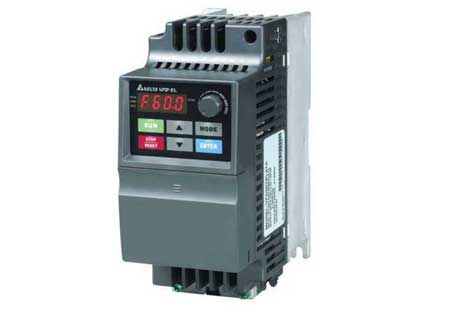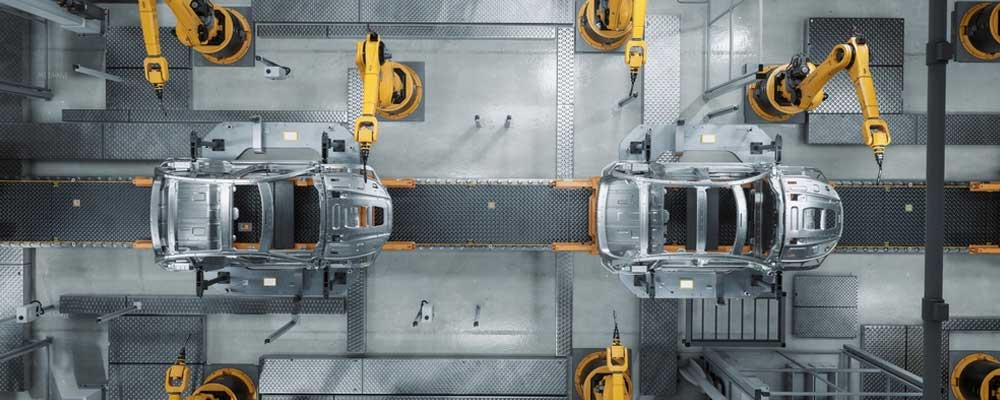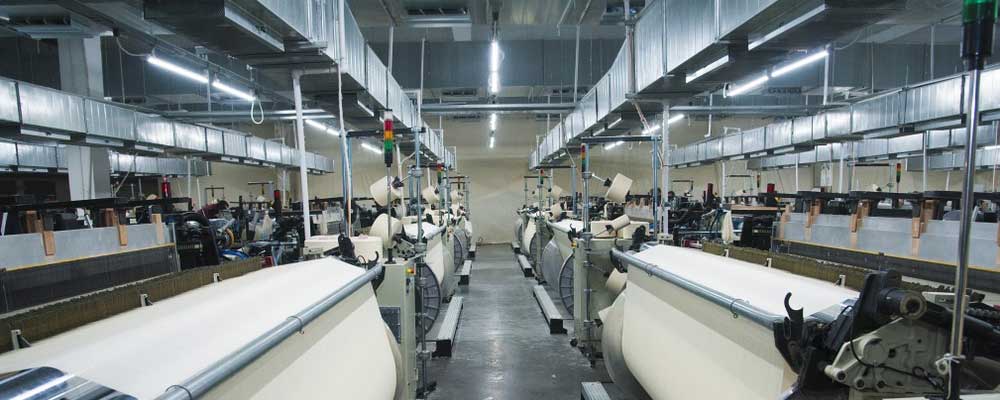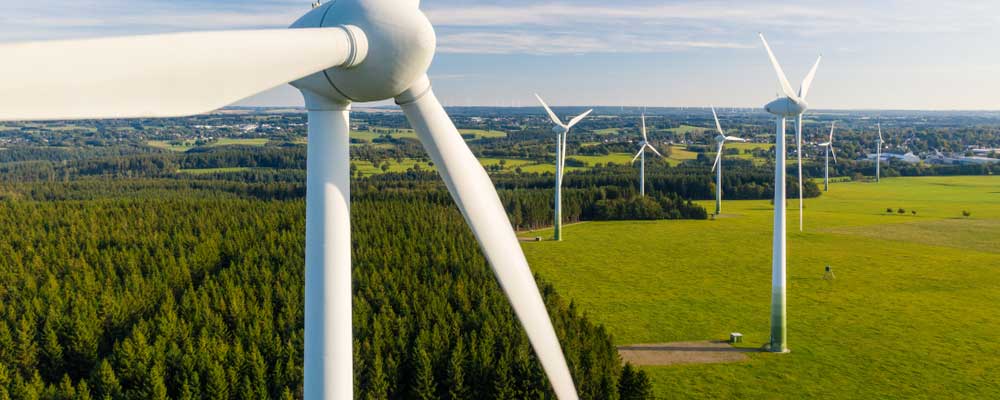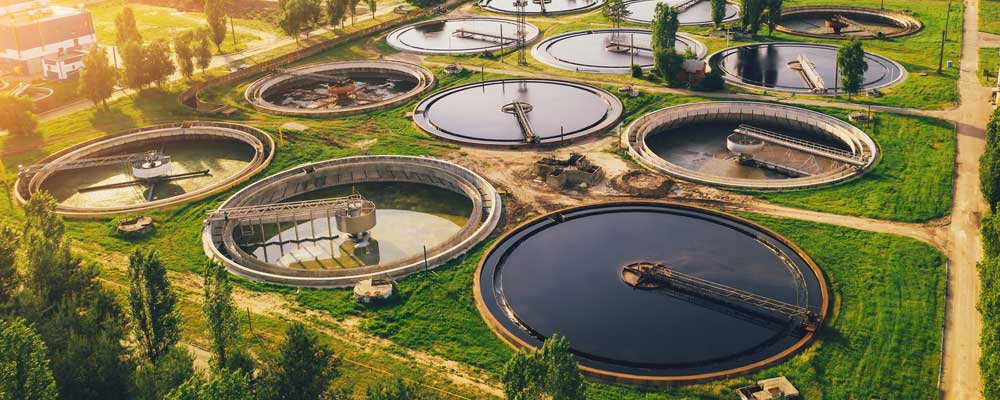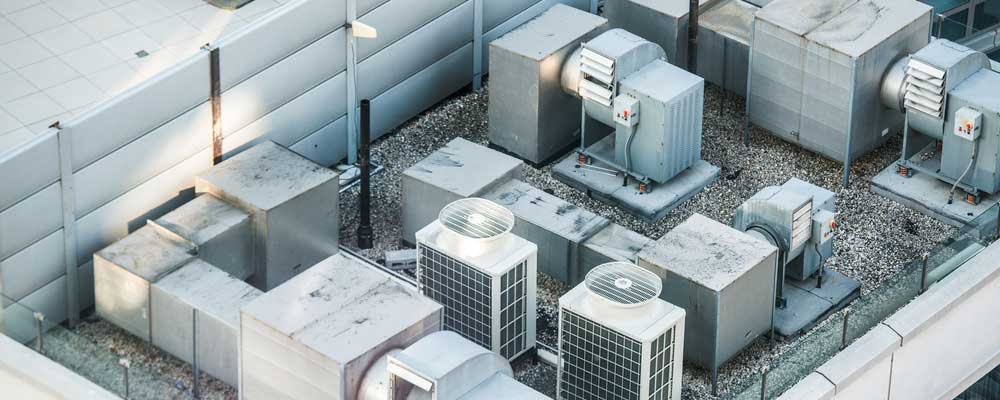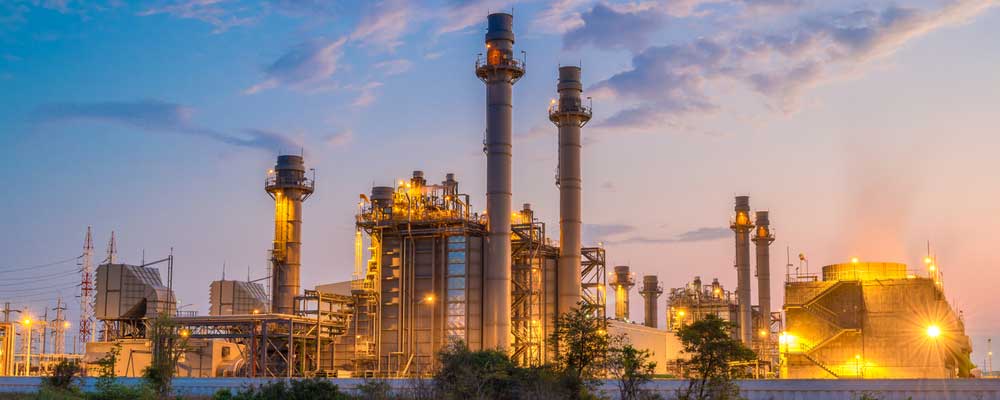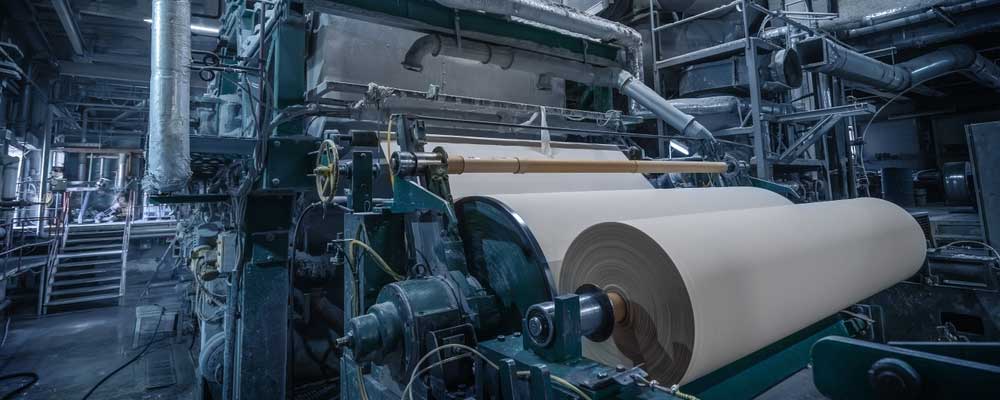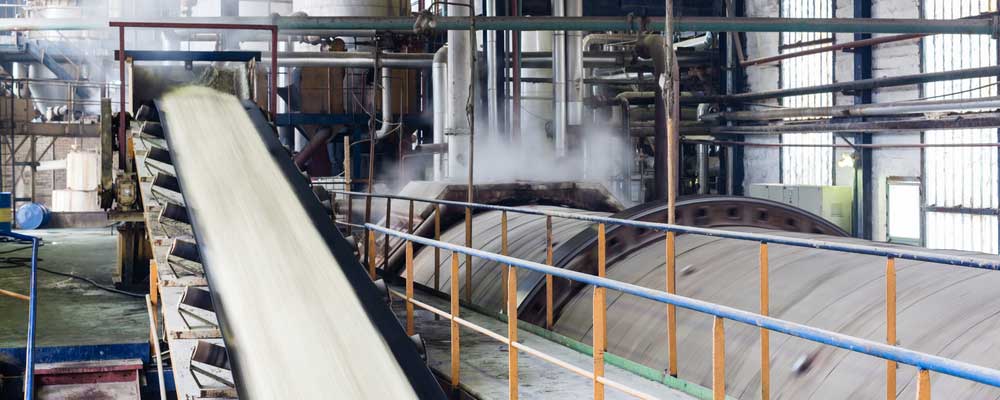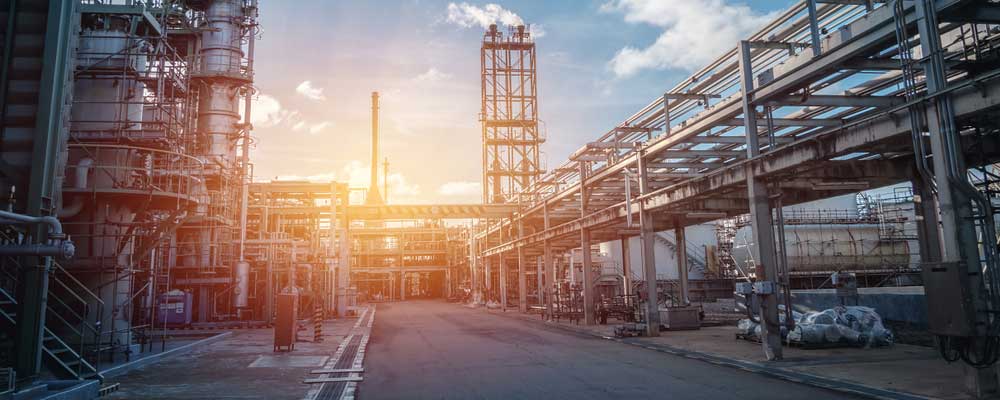What Is The Use of Variable Frequency Drive (VFD)?
Have you ever thought about how industries manage to operate their machines so precisely and efficiently? The secret often lies in a remarkable piece of technology known as a Variable Frequency Drive, or VFD.
VFD is a type of motor controller that drives an electric motor by varying the frequency and voltage of its power supply.
What does a VFD do? Think of it like the volume control on your TV. Just as you adjust the volume, a VFD lets you adjust the speed of motors in machines. This control is crucial because it helps save a lot of energy and reduces the wear and tear on the machines. It’s not just about making small adjustments; it’s about changing the way we control motors in all sorts of machines.
Table of Contents:
- Introduction
- What is VFD
- Primary Uses of Variable Frequency Drives
- Applications of VFDs in Different Industries
- Automotive Industry Applications
- Food & Beverage Industry Applications
- Packaging Industry Applications
- Textile Industry Applications
- Mining & Metals Applications
- Renewable Energy Applications
- Water & Wastewater Treatment Applications
- Pharmaceutical Industry Applications
- HVAC Systems Applications
- Oil & Gas Industry Applications
- Marine Applications
- Chemical Industry Applications
- Paper and Pulp Industry Applications
- Cement Industry Applications
- Sugar Industry Applications
- Steel Industry Applications
- Benefits of Implementing VFDs
- Challenges in Using VFDs
- Considerations in Using VFDs
- Future Trends in VFD Technology and Applications
- Conclusion
VFDs, such as Delta VFD, play a big role in many areas, from water pumps to conveyor belts. They work quietly in the background, making sure everything operates smoothly and doesn’t use more energy than necessary. As we explore VFDs further, we’ll see how they’re not just tools for day-to-day operations but also key to making our industries more efficient and environmentally friendly.
What is VFD?
A Variable Frequency Drive (VFD), also known in full form as a Variable Frequency Drive in electrical terms, is a type of motor controller that drives an electric motor by varying the frequency and voltage of its power supply. Essentially, what a VFD does is it allows for precise control of the motor’s speed and torque, adapting to the varying demands of different applications.
Primary Uses of Variable Frequency Drives:
Variable Frequency Drives (VFDs) are not just about controlling motor speed; they are pivotal in enhancing various aspects of industrial operations.
Let’s break down their primary vfd uses:
Speed Control in Various Applications:
The ability to control motor speed is a game-changer. With VFDs, you can precisely adjust the speed of motors to match the requirements of different tasks. This is crucial in applications like conveyor systems, where varying speeds are needed to handle different materials efficiently.
It’s like having a throttle in your car; you get to decide how fast or slow you need to go, depending on the road conditions.
Energy Efficiency and Cost Savings in Motor Operations:
One of the most significant benefits of VFDs is energy savings. By optimizing motor speeds, VFDs reduce energy consumption, leading to lower electricity bills.
It’s akin to using a dimmer switch instead of a simple on/off light switch; you use only as much power as you need, which is both economical and environmentally friendly.
Improved Process Control & Productivity:
VFDs offer enhanced control over manufacturing processes. By fine-tuning motor speeds, you can achieve higher precision in production, leading to improved product quality and increased productivity.
It’s like having a skilled conductor leading an orchestra; every instrument (or machine) performs at its best, in perfect harmony.
Extending Equipment Life and Reducing Maintenance:
By controlling the acceleration and deceleration of motors, VFDs reduce mechanical stress on the equipment. This means less wear and tear, which translates to a longer lifespan for your machinery and fewer maintenance headaches.
Think of it as a gentle jog instead of a sudden sprint; it’s easier on your body and keeps you running longer.
VFDs are not just about controlling speed; they are about optimizing performance, efficiency, and longevity in industrial settings. For industrial engineers, understanding and utilizing VFDs is key to creating more efficient, cost-effective, and sustainable operations.
Applications of VFDs in Different Industries:
Variable Frequency Drives (VFDs) are not just versatile; they’re transformative in various industrial sectors. Let’s delve into some key applications:
Automotive Industry Applications:
In the automotive industry, precision and efficiency are key. VFDs are used extensively to enhance both.
Assembly Lines: VFDs control the speed of conveyor belts, ensuring a smooth and adjustable pace for assembly. This allows for flexibility in production rates and reduces mechanical stress on the equipment.
Paint Shops: In automotive paint shops, VFDs regulate the speed of exhaust fans and pumps, ensuring optimal air quality and precise paint application.
Testing Equipment: For vehicle testing, VFDs control the speed of dynamometers, allowing for accurate simulation of various driving conditions.
Food and Beverage Industry Applications:
This industry demands high standards of hygiene and efficiency, where VFDs play a crucial role.
Mixers and Blenders: VFDs provide precise control over mixers and blenders, ensuring consistent product quality.
Conveyors: Speed control of conveyors via VFDs is essential for handling food products gently and efficiently, reducing product damage.
Pumps: In beverage production, VFDs control the flow rates of liquids, ensuring accurate filling and packaging.
Packaging Industry Applications:
The packaging industry relies on speed and precision, making VFDs indispensable.
Conveyor Systems: VFDs adjust the speed of conveyors for different packaging lines, ensuring synchronization and efficiency.
Cutting and Sealing Machines: VFDs provide control over the speed of these machines, ensuring precision in packaging sizes and seals.
Labeling Machines: For accurate label application, VFDs control the speed of labeling machines, adapting to various package sizes and shapes.
Textile Industry Applications:
In the textile industry, precision and control are paramount. VFDs play a crucial role here. They are used to regulate the speed of various machines like looms, spinning machines, and dyeing machines.
Spinning Machines: Speed control is vital in spinning. VFDs help in adjusting the speed according to the type of yarn being produced, ensuring consistency and quality.
Looms: In weaving, different fabrics require different tensions and speeds. VFDs allow for this precise control, leading to fewer breaks in threads and higher-quality fabric.
Dyeing Machines: Consistent speed and temperature control are essential for uniform dyeing. VFDs manage the motor speed of pumps and mixers, ensuring even distribution of dyes and chemicals.
Mining and Metals Applications:
In mining and metal processing, equipment like conveyors, crushers, and pumps are essential.
VFDs in these settings contribute significantly to operational efficiency and safety.
Conveyors: Speed control of conveyors is crucial for handling materials efficiently. VFDs allow for the adjustment of conveyor speed according to the load, reducing wear and tear.
Crushers: VFDs help in controlling the speed of crusher machines, ensuring optimal crushing performance and energy efficiency.
Pumps: In metal processing, pumps are used for various liquids. VFDs control their speed, ensuring precise flow rates and reducing energy consumption.
Renewable Energy Applications:
In the renewable energy sector, particularly in wind turbines and solar power plants, VFDs are instrumental in optimizing power generation.
Wind Turbines: VFDs adjust the speed of the generator to match the wind speed, maximizing energy output and protecting the equipment from sudden speed changes.
Solar Power Plants: VFDs are used to control the motors that position solar panels, ensuring they are always oriented to capture maximum sunlight.
Water and Wastewater Treatment Applications:
In these facilities, VFDs are used to manage pumps and blowers, which are critical for controlling the flow and treatment processes.
Pumps: VFDs adjust pump speeds in response to varying demands, which is crucial for maintaining consistent pressure and flow in the distribution systems.
Blowers: In wastewater treatment, blowers provide aeration to the treatment tanks. VFDs control their speed, ensuring optimal aeration levels while minimizing energy use.
Pharmaceutical Industry Applications:
In the pharmaceutical sector, precision and control are paramount. VFDs play a critical role in ensuring these standards.
Manufacturing Processes: VFDs control the speed of mixers and agitators, ensuring consistent and precise mixing of ingredients, which is crucial for drug quality.
HVAC Systems: In pharmaceutical manufacturing, maintaining a controlled environment is essential. VFDs regulate the speed of fans and pumps in HVAC systems, ensuring optimal temperature and humidity control.
Conveyor Systems: For packaging and handling of pharmaceutical products, VFDs provide precise speed control of conveyor belts, ensuring gentle handling and accurate packaging.
HVAC Systems Applications:
Heating, Ventilation, and Air Conditioning (HVAC) systems are integral to maintaining comfortable and healthy indoor environments.
Energy Efficiency: VFDs adjust the speed of fans and pumps based on demand, significantly reducing energy consumption compared to systems running at constant speed.
Indoor Air Quality: By controlling air flow rates, VFDs help maintain optimal indoor air quality, adjusting ventilation as needed for different areas or times of the day.
System Longevity: By reducing the mechanical stress on motors and other components, VFDs extend the life of HVAC systems and reduce maintenance needs.
Oil and Gas Industry Applications:
The oil and gas sector demands high reliability and efficiency, where VFDs are crucial.
Pump Control: VFDs regulate the speed of pumps used in extraction and processing, optimizing flow rates and reducing energy consumption.
Compressor Applications: In gas compression, VFDs adjust the speed of compressors to match the process requirements, enhancing efficiency and process control.
Drilling Operations: For drilling operations, VFDs provide precise control over drill speed, improving safety and efficiency.
Marine Applications:
In marine environments, VFDs are used for their robustness and ability to enhance efficiency.
Propulsion Systems: VFDs control the speed of motors in electric propulsion systems, offering precise speed control and improved fuel efficiency.
Deck Machinery: For equipment like winches and cranes, VFDs provide smooth and controlled operation, essential for safety and efficiency in marine operations.
Pump and Ventilation Systems: VFDs are used to control pumps for ballast and other fluids, as well as ventilation systems, ensuring optimal operation and energy efficiency.
Chemical Industry Applications:
In the chemical industry, process control and safety are paramount. VFDs contribute significantly in this regard.
Pump and Mixer Control: VFDs adjust the speed of pumps and mixers, ensuring precise mixing and flow rates of chemicals, which is crucial for maintaining product quality and safety.
Ventilation Systems: Chemical processes often release gases that need to be managed. VFDs control the speed of ventilation fans, maintaining a safe and controlled environment.
Energy Efficiency: By optimizing motor speeds, VFDs reduce energy consumption, which is a significant factor in the chemical industry’s operational costs.
Paper and Pulp Industry Applications:
This industry requires precise control over its machinery for quality production.
Conveyor Systems: VFDs control the speed of conveyors that transport pulp and paper materials, ensuring smooth and efficient operations.
Pump Operations: In the pulping process, VFDs regulate the flow and pressure of liquids, contributing to consistent pulp quality.
Energy Savings: The paper and pulp industry is energy-intensive. VFDs help in reducing energy consumption by optimizing motor speeds according to the process demands.
Cement Industry Applications:
The cement industry benefits greatly from VFDs, given its heavy and energy-intensive processes.
Grinding Mills: VFDs control the speed of grinding mills, ensuring optimal grinding of raw materials, which affects the quality of the final product.
Conveyor Belts: For moving raw materials and finished products, VFDs provide precise speed control of conveyor systems, enhancing efficiency.
Fan and Pump Control: VFDs are used to regulate fans and pumps, improving energy efficiency and reducing wear and tear on equipment.
Sugar Industry Applications:
In sugar production, consistency and efficiency are key, and VFDs play a crucial role.
Centrifuges: VFDs control the speed of centrifuges used in sugar processing, crucial for achieving the desired sugar quality.
Conveyors and Pumps: They regulate conveyors that transport cane and beet, and pumps that handle various liquids, ensuring smooth and efficient operations.
Energy Management: Sugar processing is energy-intensive. VFDs help in reducing energy costs by optimizing the operation of electric motors.
Steel Industry Applications:
The steel industry, known for its rigorous processes, utilizes VFDs for better control and efficiency.
Rolling Mills: VFDs control the speed of rolling mills, ensuring steel is processed to the correct thickness and shape.
Cranes and Hoists: For material handling, VFDs provide precise control over cranes and hoists, enhancing safety and efficiency.
Fans and Pumps: VFDs regulate fans and pumps used in cooling and other processes, contributing to energy savings and process optimization.
In each of these industries, the implementation of VFDs leads to enhanced process control, significant energy savings, and improved overall efficiency. Their ability to precisely adjust motor speeds to the specific needs of various applications makes them an invaluable asset in these diverse industrial sectors.
VFDs are not just about controlling speed; they’re about bringing efficiency, precision, and sustainability to a wide range of industries. For industrial engineers, leveraging the power of VFDs means pushing the boundaries of what’s possible in their respective fields, leading to smarter, more efficient, and more responsible industrial practices.
Benefits of Implementing VFDs:
Let’s delve into the benefits of implementing Variable Frequency Drives (VFDs), focusing on their impact on energy savings, control, and equipment longevity.
Energy Savings and Efficiency Gains:
Optimized Energy Use: VFDs allow motors to run at only the needed speed and power, significantly reducing energy consumption. This is particularly beneficial in applications with variable load requirements.
Cost-Effective Operations: By consuming less power, VFDs contribute to lower electricity bills. This is a major advantage in industries where motors are a primary energy consumer.
Peak Demand Reduction: VFDs can reduce the peak power demand of motors, which can lead to lower demand charges from utility companies.
Enhanced Control Over Motor Speed and Torque
Precise Speed Regulation: VFDs provide exceptional control over motor speed. This precision is crucial in processes where the speed needs to be adjusted frequently or maintained at a specific level for quality control.
Improved Process Control: With VFDs, engineers can fine-tune processes for optimal performance. This leads to better product quality and process efficiency.
Torque Control: VFDs offer the ability to control the torque produced by motors, which is essential in applications like conveyor belts and mixers where torque consistency is key.
Reduction in Mechanical Stress on Motors and Equipment
Soft Start Capability: VFDs can gradually ramp up the motor speed, reducing the mechanical stress associated with direct starts. This soft start feature extends the life of motors and associated mechanical components.
Lower Maintenance Costs: By reducing the wear and tear on motors and mechanical parts, VFDs contribute to longer equipment lifespans and lower maintenance costs.
Vibration and Noise Reduction: Controlled acceleration and deceleration of motors lead to less vibration and noise, which is beneficial for both equipment longevity and the working environment.
Implementation of VFDs offers a trifecta of benefits: substantial energy savings, enhanced control over motor operations, and a significant reduction in mechanical stress on equipment. These advantages make VFDs an essential component in modern industrial settings, contributing to more efficient, cost-effective, and sustainable operations.
Challenges in Using VFDs:
When integrating Variable Frequency Drives (VFDs) into industrial systems, it’s crucial to be aware of certain challenges and considerations to ensure optimal performance. Let’s explore two key aspects: harmonics and electrical noise, and installation considerations.
Harmonics Issue:
VFDs can introduce harmonics into the electrical system. Harmonics are essentially distortions in the electrical current or voltage waveform, which can lead to inefficiencies and potential damage to other equipment.
Mitigation Strategies:
To tackle harmonics, it’s important to use harmonic filters or choose VFDs with built-in harmonic mitigation technologies. Additionally, conducting a harmonic analysis before installation can help in designing an effective mitigation strategy.
Electrical Noise:
VFDs can also generate electrical noise, which can interfere with the operation of nearby sensitive equipment. This noise is primarily due to the high-frequency switching of the VFD’s power electronics.
Noise Reduction Techniques:
Proper grounding and shielding techniques are essential to minimize electrical noise. Using twisted pair cables for motor leads and ensuring that cable runs are separated can also help reduce noise transmission.
Considerations for Using VFDs:
When integrating Variable Frequency Drives (VFDs) into industrial systems, careful consideration is key. It’s essential to choose the right size VFD, consider the installation environment, ensure compatibility with existing electrical infrastructure, and verify motor compatibility. These factors are crucial for optimal VFD performance, cost efficiency, and equipment longevity.
Correct Sizing:
Choosing a VFD that’s too large for the motor’s requirements can lead to unnecessary expense without any added performance benefit. It’s important to select a VFD that’s appropriately sized for cost efficiency.
Environmental Factors:
The installation environment should be considered. VFDs are sensitive to temperature, moisture, and dust. Installing them in a clean, dry, and well-ventilated area is crucial.
Electrical Infrastructure:
Ensure that the existing electrical infrastructure can support the VFD. This includes checking the power supply, wiring, and grounding.
Compatibility with Motor:
Verify that the motor is compatible with the VFD controller. Some older motors may not be designed for variable speed operation and could be damaged by the VFD.
While VFDs offer significant benefits in terms of efficiency and control, it’s important to address challenges like harmonics and electrical noise and to consider installation factors to ensure they operate effectively and reliably. By understanding and mitigating these issues, industrial engineers can maximize the benefits of VFDs in their applications.
Future Trends in VFD Technology and Applications:
As we look towards the future, Variable Frequency Drives (VFDs) are poised to play an even more pivotal role in industrial automation. The landscape is rapidly evolving, with emerging innovations shaping new applications and enhancing existing ones. Here’s a glimpse into what the future holds for VFD technology:
Emerging Innovations:
The next generation of VFDs is expected to be smarter, more energy-efficient, and more integrated with IoT (Internet of Things) technologies. This means VFDs that can not only control motor speed and torque with greater precision but also communicate seamlessly with other systems for improved process optimization. We’re looking at VFDs that can predict maintenance needs, adapt to varying operational conditions in real-time, and offer enhanced diagnostics.
Potential New Uses:
As industries continue to push the boundaries of efficiency and productivity, VFDs are finding new applications. For instance, their use in renewable energy systems, like wind turbines and solar power plants, is expected to grow. VFDs could play a crucial role in managing the variable outputs from these renewable sources, ensuring a stable and efficient energy supply.
The Evolving Landscape of Industrial Automation:
The integration of VFDs with advanced automation systems is a trend that’s set to deepen. In the era of Industry 4.0, where factories are becoming smarter and more interconnected, VFDs will be integral in creating highly responsive and adaptable manufacturing environments. They will be key in enabling machinery to operate at optimal speeds, reducing wear and tear, and saving energy, all while maintaining high production quality.
The future of VFD technology is not just about controlling motor speed; it’s about creating intelligent, interconnected systems that enhance the entire industrial process. For industrial engineers, staying abreast of these developments is crucial to harnessing the full potential of VFDs in the ever-evolving landscape of industrial automation.
Conclusion:
Variable Frequency Drives (VFDs) stand as a cornerstone in industrial efficiency and innovation. Their widespread use across diverse sectors, from automotive to renewable energy, underscores their versatility and impact. By enabling precise motor control, reducing energy consumption, and extending equipment life.
VFDs are not just enhancing current industrial operations but are also paving the way for more sustainable and advanced manufacturing processes. For industrial engineers, VFDs are more than just tools; they are integral components in the pursuit of operational excellence and future technological advancements in various industries. I hope you like our application of vfd blog.

